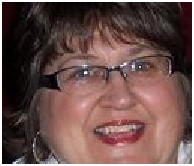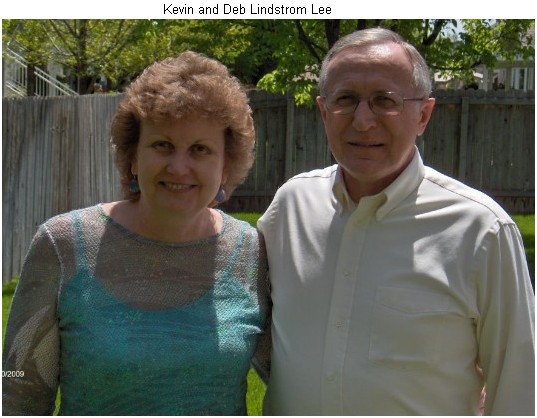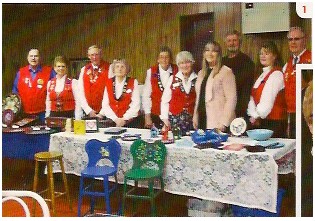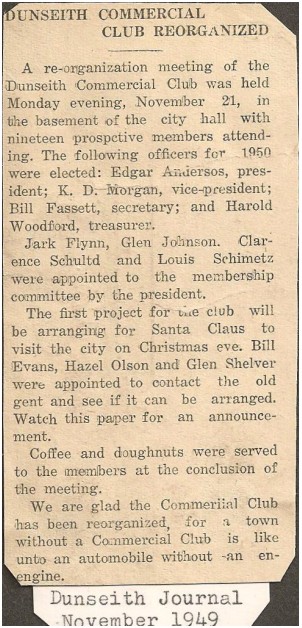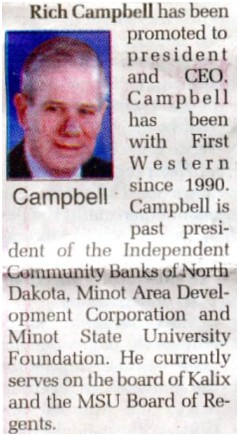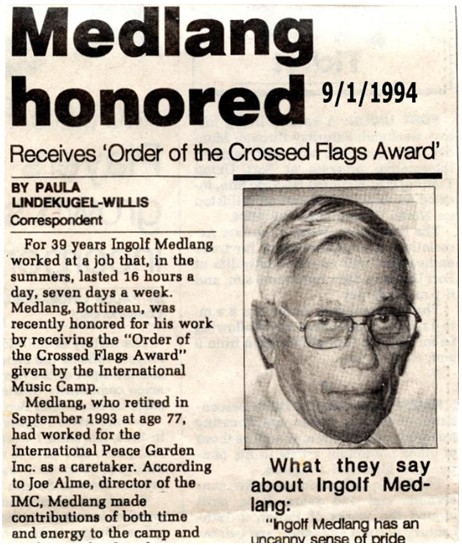I’m sorry to be so late getting a note off to your family. Your Dad and husband has been remembered by many with respect and stories of kindness and generosity. I don’t ever remember seeing him without a smile. I hope all the kind stories and memories help you in this difficult time. Hope all your families are well and enjoying this fine winter weather!
Gary and Pennie Grenier
MUSICAL JAMBOREE
On Thursday, February 21st at 6PM there will be a Musical Jamboree
Held at the Turtle Mountain Community College in Belcourt honoring
Mr. Hubert Allery. This is an annual doings which pays tribute to some of the elder living musicians of the area. Theresa (Keplin) Marcellais, her sister Rita Gable and Sandra Poitra first initiated this event in 2011.
The first Jamboree in 2011 honored Mr. Eddy “King” Johnson, with the second year going to Mr. Mike Page. Hubert has been singing and playing the Guitar since he was at a young age of 8 or 9. During the 1960’s thru the 1980’s he was one of the finest Traditional Country singers around, he played with numerous Bands around the Dunseith and Belcourt areas. He now resides in Fargo ND and operates an Antique Shoppe.
Eleanor’s memory which happened long before, she started school.
One dark night, “The Ridgerunner” rode his horse around the area, hollering, “REVENUERS”!
Her parents jumped, scrambled, shutting a door.
Quickly a horseblanket was thrown over that spot__in_the_ middle of the kitchen floor.
Deftly, Eleanor was placed on the blanket with,a shh_hhh, “SIT!, shhhh. don’t_ say_ a_ word_.
The patter of horse cantering into the yard, snorted as it stopped, followed by footsteps,
then, a hard sharp knock at the door. Eleanor was still on the horseblanket.
Her daddy opened the door. Strangers , entered. They spoke with her daddy.
Eleanor quiet, not saying a word. She made not a movement.
The men left.
Listening until there was no sound but the rustling of the trees.
and the silence of the house.
Daddy said, she was a good girl.
Eleanor never once uttered a word about what she witnessed, under the door in the dirt cellar…….
Years later whenever the “Kin” of Bill and Mary gathered. as they did.
For laughter, for visiting and sharing of food, finally, tuning of the instruments.
Maybe, another visit to the water bucket.
The guitar would strike a chord. The banjo would ring. A fiddle string would be plucked.
Perhaps Emil, or Lorraine or Larry or Charlie or Jack or Billy would…
voice would tune, hmmmmmmm…..”My Uncle Bill had a still on the hill………”
Always kids throughout the house would stop playing and,
join in song, the chorus,…”and they call it Mountain Dew….You Hoo……”
Eleanor would be quiet in the kitchen as Uncle Bill listened___
Thank you Eleanor for telling me stories,
and Gary and Friends.
until later,”I’ll shush …” Vickie
Thank you Neola for these Clippings.From my associations with both Debbie Fugere Fauske (’85) and Rich Campbell (’68), I know they are both well deserving of these advancements. They exemplify the outstanding characteristics of the good stock they came from.Congratulations Rich and Debbie.Gary
As tuberculosis spread rapidly across North Dakota in the early part of the 1900s, one group from the state was very susceptible in getting TB, the children of the state.
The children of North Dakota afflicted with TB had a special place in the heart of the people of the state and when the sanatorium first opened kids were readily accepted into the sanatorium and were housed in the Administration Building with the adults.
The children were given the same treatments as the adults, which included fresh air, rest and well-balanced diet.
One difference for children, unlike most of the adults they were treated with, did not have the opportunity to just rest and be treated or their TB. The kids, like all students in the state, had to continue in their studies.
School for the young students at the San was also quiet different than their friends back in their hometowns. There friends attended school inside, but the kids of San Haven had to be attended school in the outside elements due to their fresh-air treatments, even in the wintertime.
Although school wasn’t taught in the first three years at San Haven, in 1915 the North Dakota Anti-Tuberculosis Association raised funds through their Christmas Seal Campaign to open the first Open Air School in the state of North Dakota.
The first schoolroom was located on the west side of the Administration Building and was one of the open air porches, which was used by the patients for fresh-air treatments, sleeping rooms and dressing rooms.
On January 1, 1916, the open air school began with eight students. The student’s instructor was Fred Humphrys who was a patient himself at the sanatorium, described the school and the regimental routines the children had to follow.
“We did not miss one day of owing to extreme cold weather, and there were several days when the mercury stood at forty below zero. In wintertime, each pupil is equipped with enough blankets to keep warm, a hot water bottle and a reclining chair,” Humphrys wrote in John Lamont’s Biennial Report of the Superintendent of the North Dakota Tuberculosis Sanatorium for the period ending June 30, 1916. “School commences at 9:30 and continues until 10:30 when lunch is served consisting of hot milk and crackers. We resume studies at 10:45 and proceed until 11:30 when we have dinner. We take rest hour from 12:30 to 3:00 and then proceed with school until 5:00 at which time school is dismissed for the day. The same text books and courses of study are used here as in all North Dakota Public schools.
The sanatorium had no problems finding teachers to teach in the open air school at the San Haven because a number of teachers were patients at San Haven. The state in 1906 had so many teachers who were tubercular that the State Board f Health in North Dakota stepped in and made ordinance who were diagnosed with TB to teach on the public school system.
Throughout the time the San was opened, numerous teaches came to the sanatorium to be treated for TB. Twenty-three school teachers alone were admitted to San Haven between 1934 through 1936.
As new structures were built, additions were added on and patients numbers increased at the San, the students’ classroom was moved to a variety of buildings, one specifically named after the kids of the sanatorium.
In 1927, the sanatorium constructed the Children’s Building, a preventorium at a cost of $65,000. The structure included patient rooms, dinning area, treatment rooms and decks for fresh air and sun treatments.
The preventorium was a building for children who were exposed to TB or those who were already diagnosed with the disease. Charles MacLachlin, the administrator of san Haven in 1936, wrote about the Children’s Buildings in the Biennial Report of the Superintendent of the North Dakota Tuberculosis Sanatorium for the period ending June 30, 1936.
“Between the ages of six months to fourteen years of age, 73 children were admitted for care to the preventorium of the sanatorium, comprising for the great part those who fathers and mothers were concurrently under treatment as bed patients in the infirmary as open cases of pulmonary tuberculosis. Seven of the children admitted had no clinical tuberculosis and were discharged after a short observation. Sixty-six were diseased,” MacLachlin wrote. “Here at the sanatorium by provision of the right surroundings with regular rest hours, nourishing food, including goats milk and vegetables, sunlight on porches and artificial light administrator under the group plan indoors and open air school hours tries to prevent the disease from becoming more serious and to build up the highest resistance possible. Usually within a year, the disease becomes quiescent, the children gain in weight and returned to their homes with their health restored.”
Through the treatments of San Haven, fund raising and educational promotions of Anti-Tuberculosis Association of North Dakota and decision made about TB children by the North Dakota State Board of Health the number children first admitted to the San decline quickly over the years.
Children in the state were still diagnosed with TB, but the numbers were so small, the Children’s Building eventually closed a preventorium and the young patient of North Dakota were admitted into the Infirmary Building
Now that I’m older here’s what I’ve discovered:
1. I started out with nothing, and I still have most of it.
2. My wild oats have turned into prunes and all-bran.
3. I finally got my head together, and now my body is falling apart.
4. Funny, I don’t remember being absent-minded.
5. Funny, I don’t remember being absent-minded.
6. If all is not lost, where is it?
7. It is easier to get older than it is to get wiser.
8. Some days, you’re the dog; some days you’re the hydrant.
9. I wish the buck stopped here; I sure could use a few.
10. Kids in the back seat cause accidents.
11. Accidents in the back seat cause kids.
12. It’s hard to make a comeback when you haven’t been anywhere.
13. The only time the world beats a path to your door is when you’re in the bathroom.
14. If God wanted me to touch my toes, he’d have put them on my knees.
15. When I’m finally holding all the cards, why does everyone want to play chess?
16. It’s not hard to meet expenses . . . they’re everywhere.
17. A whale swims all day, only eats fish, drinks water, and is fat.
18. These days, I spend a lot of time thinking about the hereafter . . I go somewhere to get something, and then wonder what I’m hereafter
19. Funny, I don’t remember being absent-minded.
20. DID I SEND THESE TO YOU BEFORE……….??????

